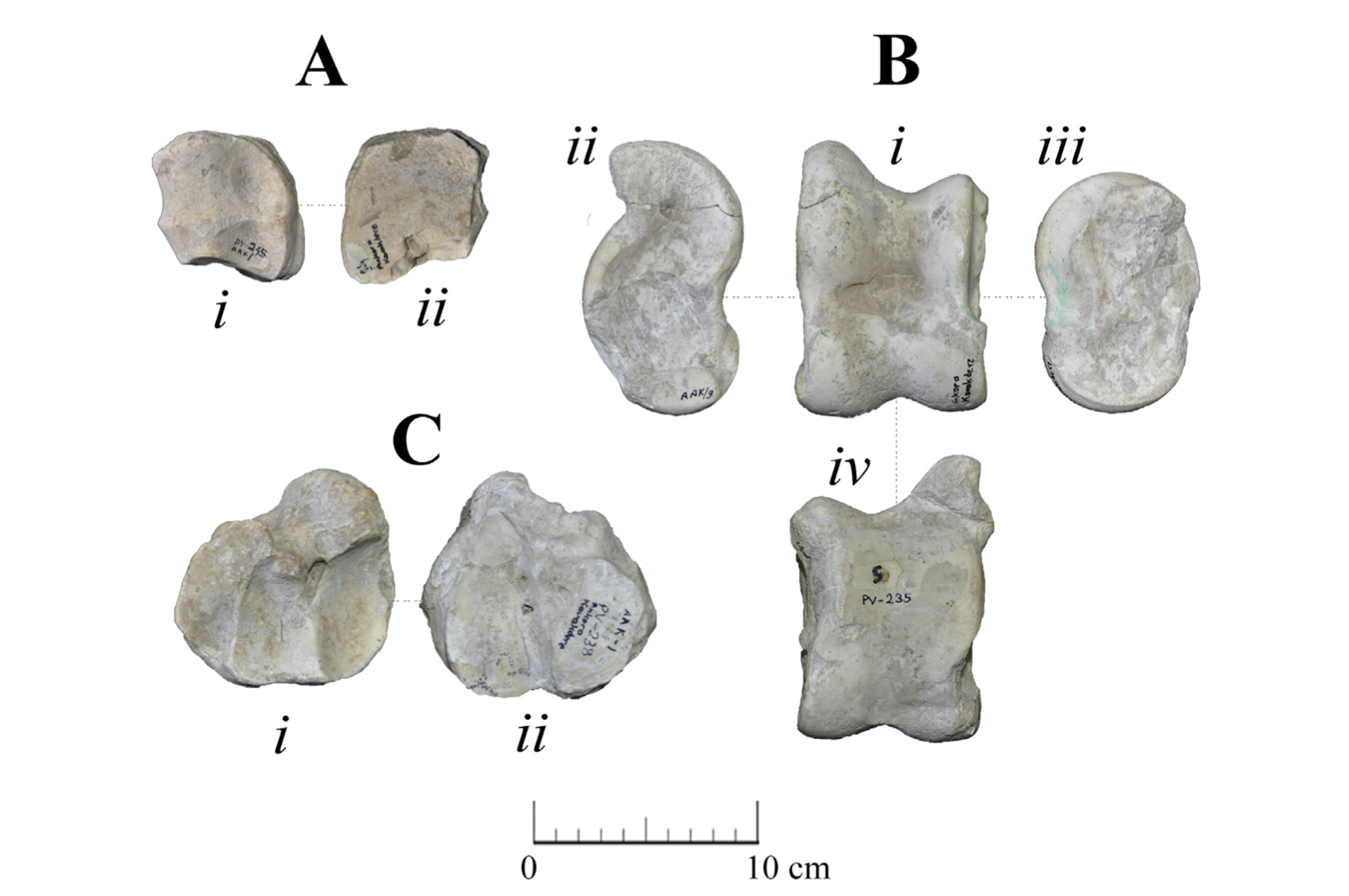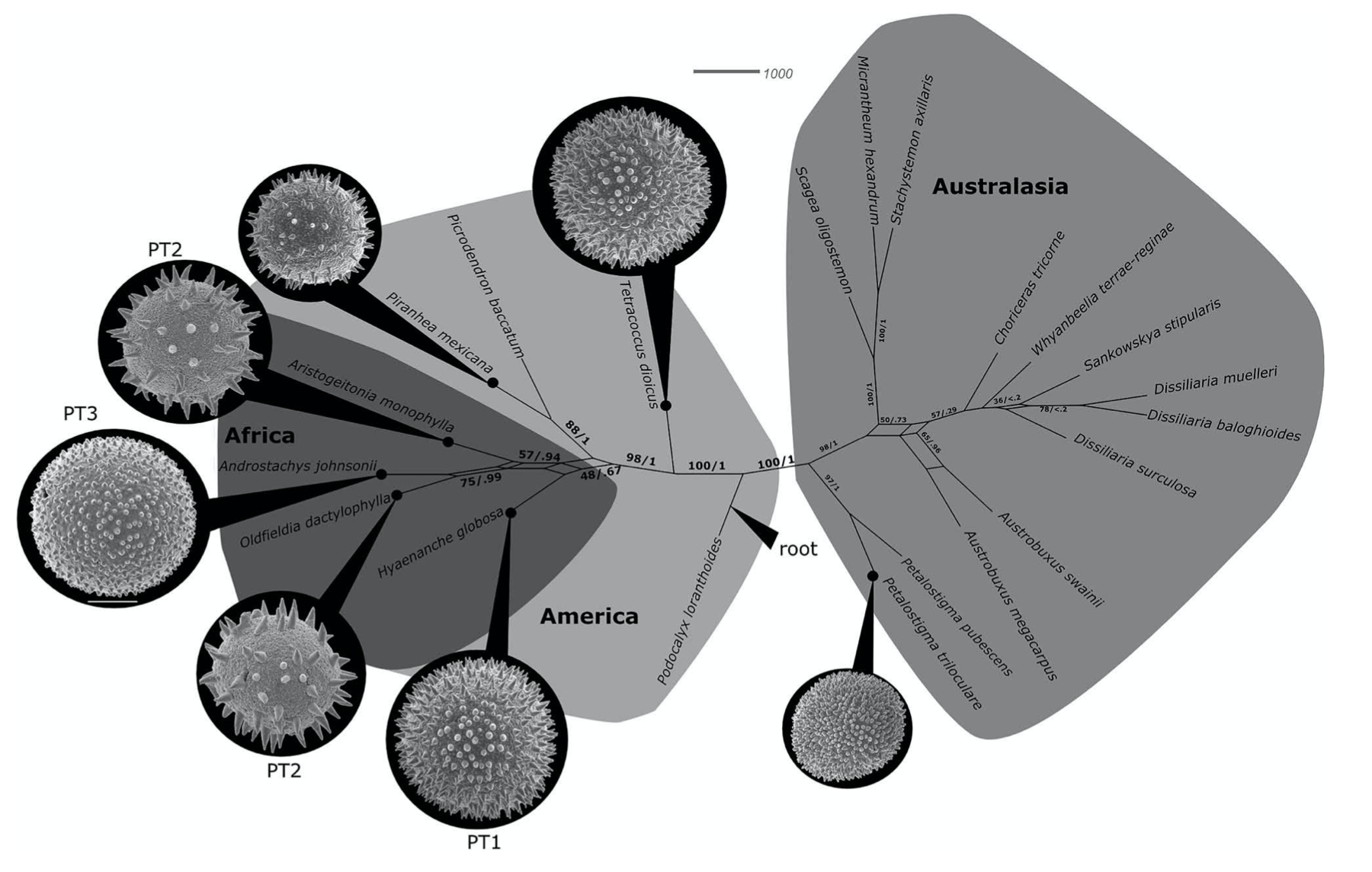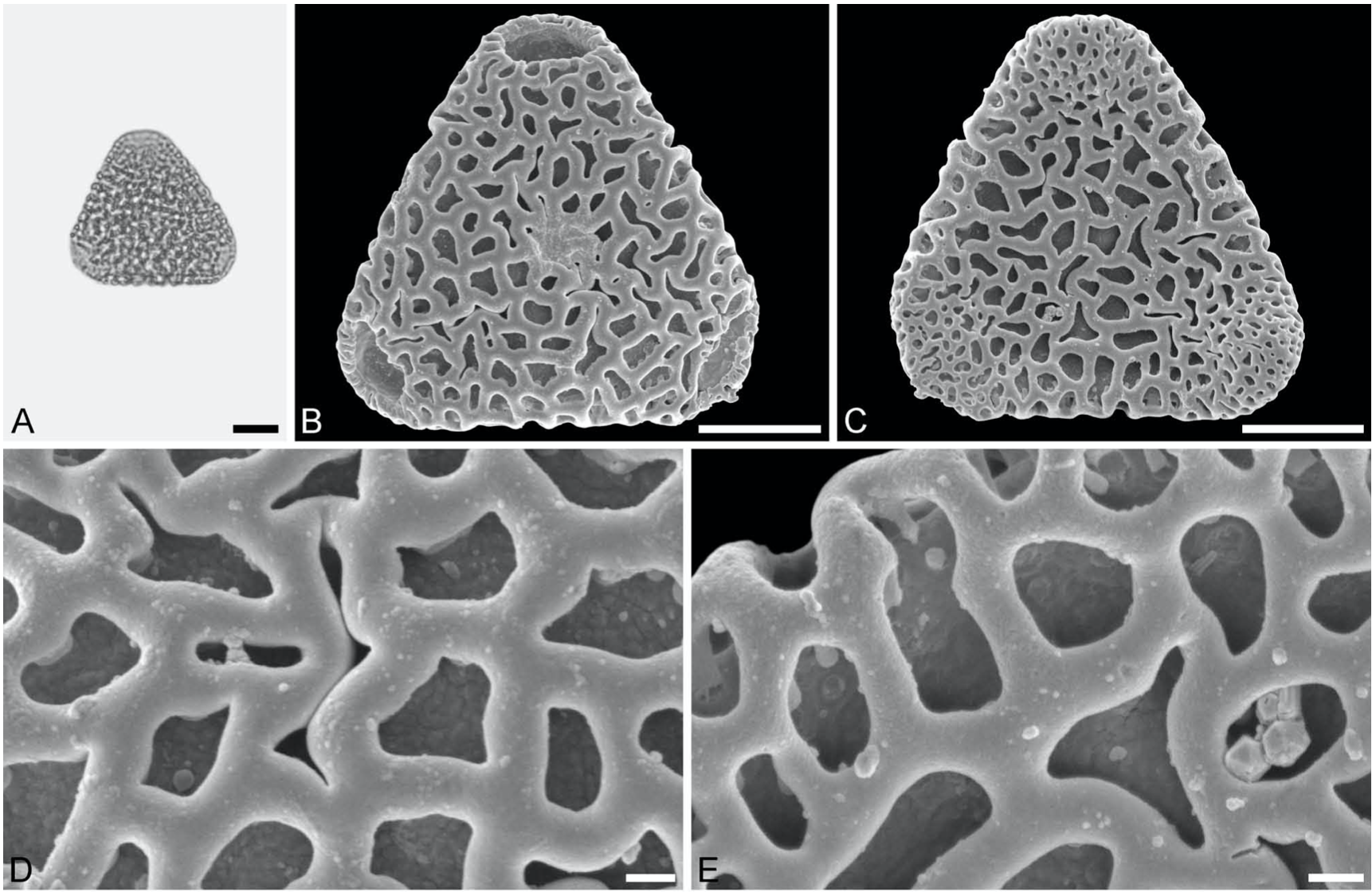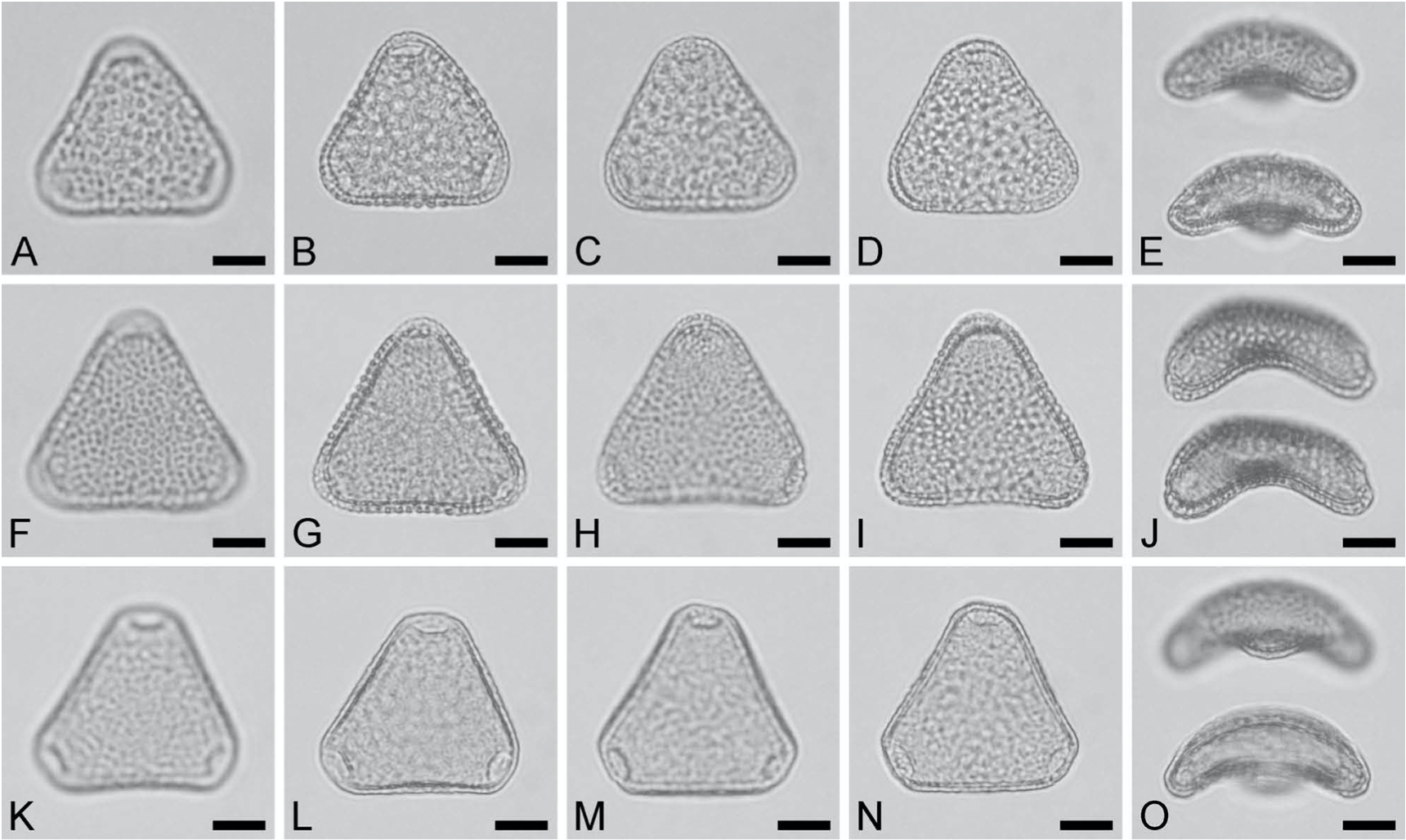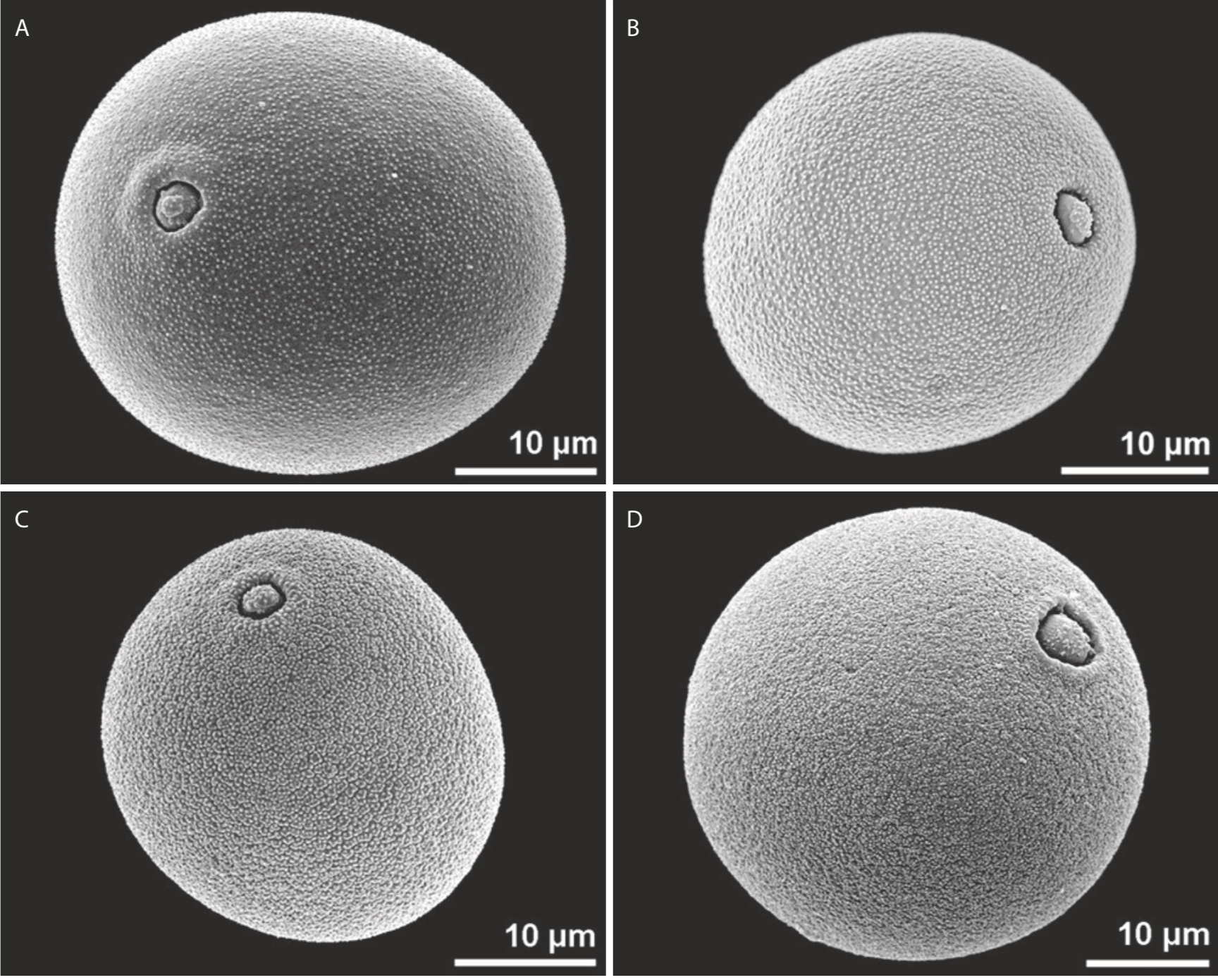Authors: Friðgeir Grímsson, Thomas Denk
This study aims to document the floristic changes that occurred in Iceland between 15 and 6 Ma and to establish the dispersal mechanisms for the plant taxa encountered. Using changing patterns of dispersal, two factors controlling floristic changes are tested. Possible factors are (1) climate change, and (2) the changing biogeography of Iceland over the time interval studied; that is, the presence or absence of a Miocene North Atlantic Land Bridge. Miocene floras of Iceland (15–6 Ma) show relatively high floristic turnover from the oldest floras towards the youngest; and few taxa from the oldest floras persist in the younger floras. The frequencies of the various dispersal mechanisms seen in the 15-Ma floras are quite different from those recorded in the 6-Ma floras, and there is a gradual change in the prevailing mode of dispersal from short-distance anemochory and dyschory to long-distance anemochory. Two mechanisms can be used to explain changing floral composition: (1) climate change, and (2) the interaction between the dispersal mechanisms of plants and the increasing isolation of proto-Iceland during the Miocene.
